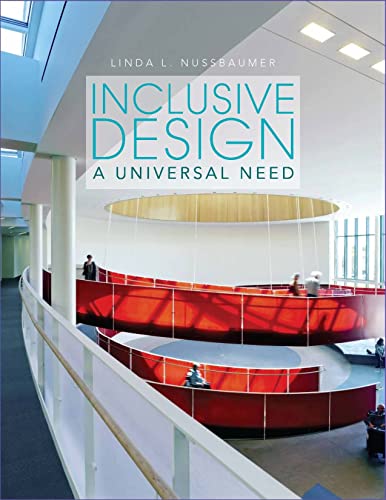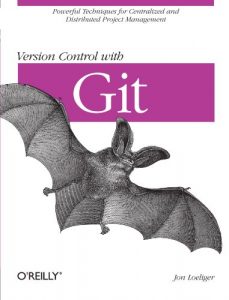Embracing Diversity in Design
Inclusive design is not merely a trend; it is a vital necessity in today’s rapidly evolving design landscape. The fundamental idea is to create products and environments that cater to the diverse needs of all users, irrespective of their abilities or backgrounds. This approach enriches the design field, ensuring everyone can engage with products, spaces, and services effectively and comfortably. In a world that thrives on innovation, the importance of inclusive design cannot be overstated. It not only empowers marginalized communities but also enhances the user experience for everyone.
As designers, we have the incredible responsibility of fostering an inclusive atmosphere. This blog post dives into some of the most impactful books that explore this theme, highlighting their valuable insights and how they can inspire designers and organizations to achieve greater inclusivity in their work. Let’s delve into these essential reads that promise to expand your understanding of inclusive design.
Featured Books on Inclusive Design
Inclusive Design: A Universal Need
“Inclusive Design: A Universal Need” is a crucial resource for anyone looking to understand the broader implications of inclusive design. This comprehensive book discusses fundamental design principles that prioritize accessibility and inclusivity across all products and environments. The author draws on rich examples and case studies to illustrate how inclusive design can be effectively integrated into various disciplines, from architecture to digital products.
This book is a must-have for design professionals who aspire to make a meaningful impact in their work. It encourages readers to think critically about the challenges that marginalized communities face and provides actionable strategies to overcome them. If you’re committed to fostering an inclusive culture in design, this book is an essential addition to your library.
Design for All?: Inclusive Design Today
“Design for All?: Inclusive Design Today” delves into the contemporary practices of inclusive design, exploring how they play out in various industries. This book serves as a critical examination of inclusivity, challenging designers and decision-makers to expand their views on who their products are meant to serve. It sheds light on successful projects and initiatives that have embraced inclusivity and provides guidelines that can help practitioners adopt similar approaches in their work.
With practical insights, this book is perfect for those who want to understand not just the ‘how’ but the ‘why’ behind inclusive design, making it an important read for both novices and seasoned professionals alike.
Inclusive Design Patterns
“Inclusive Design Patterns” is tailored for designers and developers looking to integrate accessibility into their product development process. This book contains a straightforward approach to inclusive design by showcasing practical patterns and methods that can be easily implemented. Each chapter presents real-world scenarios, offering not only theoretical insights but also tangible solutions to common accessibility challenges.
If you’re involved in UX/UI design, this book is indispensable for ensuring that your digital products are accessible to the widest array of users possible. It provides a clear path towards creating inclusive and user-friendly interfaces.
Extra Bold: A Feminist, Inclusive, Anti-racist, Nonbinary Field Guide for Graphic Designers
“Extra Bold” champions the voices of underrepresented communities in design, making it a pivotal read in the discourse on inclusivity. The authors bring a unique perspective by emphasizing the intersectionality of gender, race, and identity within the design world. This guide resonates deeply with graphic designers who are eager to understand the social responsibilities that come with their occupation.
Through personal anecdotes and compelling case studies, this book encourages design professionals to advocate for change and to approach their work with a critical, inclusive lens. It’s a call to action for designers to create work that reflects the diversity of our society.
Inclusive Design: Implementation and Evaluation (PocketArchitecture)
“Inclusive Design: Implementation and Evaluation” offers a practical handbook for designers, providing guidance on how to implement inclusive design principles in real-world projects. The book emphasizes the importance of evaluation and iteration in the design process, ensuring that inclusivity is considered at every stage of development. It provides frameworks and tools to evaluate designs effectively, making it easier for practitioners to incorporate feedback from diverse user groups.
This concise guide is perfect for those looking to not only design inclusively but also measure the impact of their inclusivity efforts. It’s a valuable addition to the library of any design team prioritizing accessibility.
Inclusive Design for a Digital World: Designing with Accessibility in Mind (Design Thinking)
“Inclusive Design for a Digital World” provides readers with a comprehensive overview of how to create digital products that are accessible and inclusive. The book covers crucial topics, such as user research, usability testing, and the application of design thinking methodologies to ensure that digital interfaces cater to all users.
Perfect for web developers and product designers, this book serves as a vital guide in designing with empathy and awareness of diverse user needs. By prioritizing accessibility, you can create a richer and more engaging digital experience for everyone.
Inclusive Design Communities
“Inclusive Design Communities” emphasizes the importance of collaboration and community-building in the realm of inclusive design. This book provides insight into various community-led initiatives that aim to foster diversity and inclusion in design practices. It showcases inspiring stories of how individuals and groups have come together to uplift underrepresented voices in the industry.
Aspiring and experienced designers alike will find motivation in this book as it highlights the power of community action in creating an inclusive environment. It’s an essential reminder of the collective responsibility we have in our design journeys.
Empathic Design: Perspectives on Creating Inclusive Spaces
“Empathic Design” explores the significance of empathy in the design process, offering guidance on how to engage with users to create truly inclusive spaces. This book includes a mix of theoretical insights and practical advice on listening to users and incorporating their needs into design decisions.
If you are passionate about creating environments that resonate with the emotional and functional needs of varied users, this book will equip you with the knowledge and techniques to approach your projects with empathy at the forefront. It’s about fostering connections through thoughtful design.












































